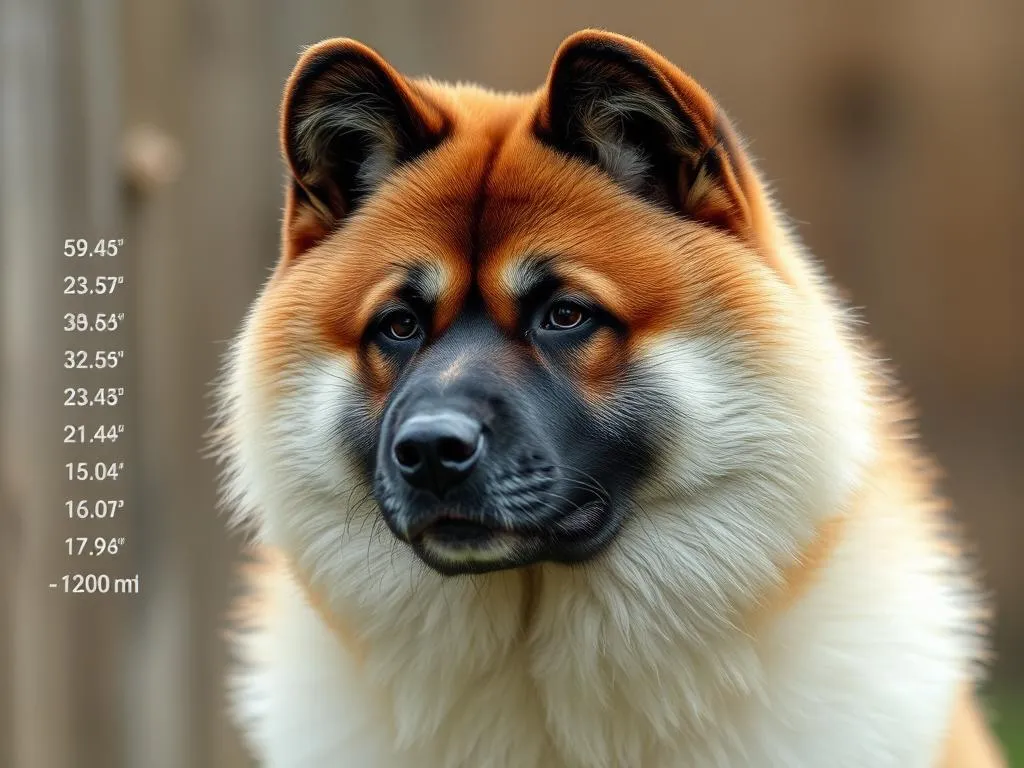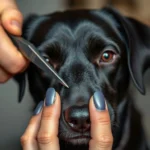
Introduction
Understanding dog health care is essential for every pet owner, particularly when it comes to specific breeds like the Akita. Known for their loyalty and impressive stature, Akitas possess unique characteristics that set them apart from other breeds. These dogs are not only known for their majestic appearance but also for their strong personalities, making it crucial to comprehend their size, weight, and growth chart for optimal health management.
By delving into the specifics of the Akita breed, we can better appreciate their needs and care requirements. This guide will explore the Akita’s history, physical characteristics, and behavioral traits, while also providing insights into their size, weight, growth patterns, and essential health care practices.
Understanding the Akita Breed
History and Origin
The Akita breed has a rich history that dates back to Japan, where they were initially bred for hunting large game, such as bears and boars. The breed’s name is derived from the Akita Prefecture in northern Japan, and they are often associated with cultural significance. Akitas symbolize loyalty and dignity, famously represented by the statue of Hachiko, an Akita known for waiting for his deceased owner at a train station for years.
Physical Characteristics
Akitas are known for their impressive size and powerful build. They typically have a broad head with a distinctive muzzle, erect triangular ears, and a thick double coat that can come in various colors, including white, brindle, and pinto. Their tails are curled over their backs, adding to their regal appearance. Adult male Akitas usually weigh between 100 to 130 pounds, while females average between 70 to 100 pounds.
Temperament and Behavior
Akitas are known for their courageous and independent nature. They are intelligent and require consistent training and socialization from a young age. While they can be aloof with strangers, they are incredibly loyal to their family members. Common behavioral issues may include aggression towards other dogs and excessive barking, which can be managed with proper training techniques.
Size and Weight of Akitas
Standard Size Ranges
The size of an Akita can vary significantly between males and females. Males typically stand between 26 to 28 inches tall at the shoulder, while females range from 24 to 26 inches. Understanding these size differences is crucial for potential owners, especially when considering space and resources.
In comparison to other breeds, Akitas are larger than many traditional family pets, such as Labrador Retrievers or Beagles. Their robust build requires adequate living space and a secure environment.
Weight Guidelines
The average weight for adult Akitas is a crucial factor in their health. Males typically weigh between 100 to 130 pounds, whereas females generally weigh from 70 to 100 pounds. However, these numbers can vary based on factors such as genetics, lifestyle, and overall health.
Factors Influencing Size and Weight
Several factors influence an Akita’s size and weight:
- Genetics and Breeding: Purebred Akitas from reputable breeders tend to have more predictable size and weight outcomes.
- Nutrition and Diet: A balanced diet tailored to an Akita’s life stage is essential for healthy growth and maintenance.
- Exercise Requirements: Regular physical activity helps maintain a healthy weight and supports muscle development.
Akita Growth Chart
Growth Stages of Akitas
Akitas go through several growth stages, each with its developmental milestones. Understanding these stages can aid in monitoring your dog’s health and well-being:
- Puppy Stage: Birth to 6 months
- Adolescent Stage: 6 months to 1 year
- Adult Stage: 1 year and beyond
Each stage is essential, as nutritional and exercise needs change as the dog matures.
Age-Specific Size and Weight Expectations
To better understand the growth of your Akita, consider the following growth patterns over the first year:
- Birth to 2 Months: Puppies typically weigh between 2 to 10 pounds.
- 2 to 4 Months: Weight increases significantly, with puppies averaging 15 to 30 pounds.
- 4 to 6 Months: Expect weights around 30 to 60 pounds.
- 6 to 12 Months: By this age, Akitas can weigh between 60 to 100 pounds.
By the end of this period, you can expect your Akita to reach approximately 70% of their adult weight.
Monitoring Growth Progress
Regularly tracking your Akita’s growth is crucial. Here are some tips:
- Weight Measurements: Weigh your Akita monthly to ensure consistent growth.
- Height Measurements: Measure their height at the shoulder every few months.
- Health Check: Look for signs of healthy growth, such as a shiny coat, energy levels, and playfulness.
If you notice any discrepancies in growth or health, consult a veterinarian promptly.
Health Care Needs for Akitas
Regular Veterinary Check-ups
Routine veterinary visits are essential for maintaining your Akita’s health. Regular screenings help identify potential health issues early. A comprehensive vaccination schedule is crucial, including vaccines for rabies, distemper, and parvovirus, among others.
Nutrition and Diet
A balanced diet tailored to your Akita’s age, size, and activity level is vital for optimal growth and health. Look for high-quality dog food that lists meat as the primary ingredient. Be mindful of common dietary issues, such as obesity and food allergies.
Exercise and Activity Levels
Daily exercise is critical for Akitas, who are energetic and strong-willed. Aim for at least 60 minutes of physical activity each day. Activities can include:
- Long walks
- Hiking
- Playing fetch
- Agility training
These activities help prevent boredom and promote physical and mental well-being.
Common Health Issues
Like all breeds, Akitas are susceptible to certain health conditions. Some prevalent issues include:
- Hip Dysplasia: A genetic condition where the thigh bone doesn’t fit snugly into the hip joint.
- Autoimmune Disorders: These can affect various systems in the body.
Preventive measures, such as maintaining a healthy weight and regular veterinary check-ups, can help mitigate these risks.
Grooming and Maintenance
Coat Care
Akitas have a thick double coat that requires regular grooming, especially during shedding seasons (spring and fall). Brush their coat at least once a week to manage loose fur and maintain skin health.
Dental and Ear Care
Dental hygiene is vital for preventing dental diseases. Brush your Akita’s teeth regularly and provide dental chews to promote oral health. Additionally, check your Akita’s ears weekly for dirt or infections, cleaning them gently with a damp cloth when necessary.
Nail Trimming and Paw Care
Regular nail trimming is essential to prevent discomfort and injury. Trim your Akita’s nails every 4 to 6 weeks. Pay attention to their paws, checking for signs of injury or foreign objects lodged between their pads.
Training and Socialization
Basic Training Techniques
Effective training techniques for Akitas involve positive reinforcement strategies. Early socialization is crucial to help them develop into well-adjusted adult dogs. Start with basic commands and gradually introduce more complex tasks.
Behavior Management
Addressing common behavioral challenges, such as aggression or excessive barking, requires patience and consistency. Utilize positive reinforcement methods to encourage desirable behaviors while discouraging negative ones.
Building a Strong Owner-Pet Relationship
Creating a strong bond with your Akita is essential for a harmonious relationship. Engage in activities that promote bonding, such as training sessions, playtime, or simply spending quality time together. This strengthens the trust and affection between you and your pet.
Conclusion
Gaining a comprehensive understanding of the Akita size, weight, and growth chart is vital for ensuring proper health care for this majestic breed. By focusing on their unique characteristics, health needs, and grooming requirements, you can provide a loving environment that supports their well-being. Remember, seeking professional advice for any specific health concerns is always beneficial. Your Akita will thrive with the right care, attention, and love.









